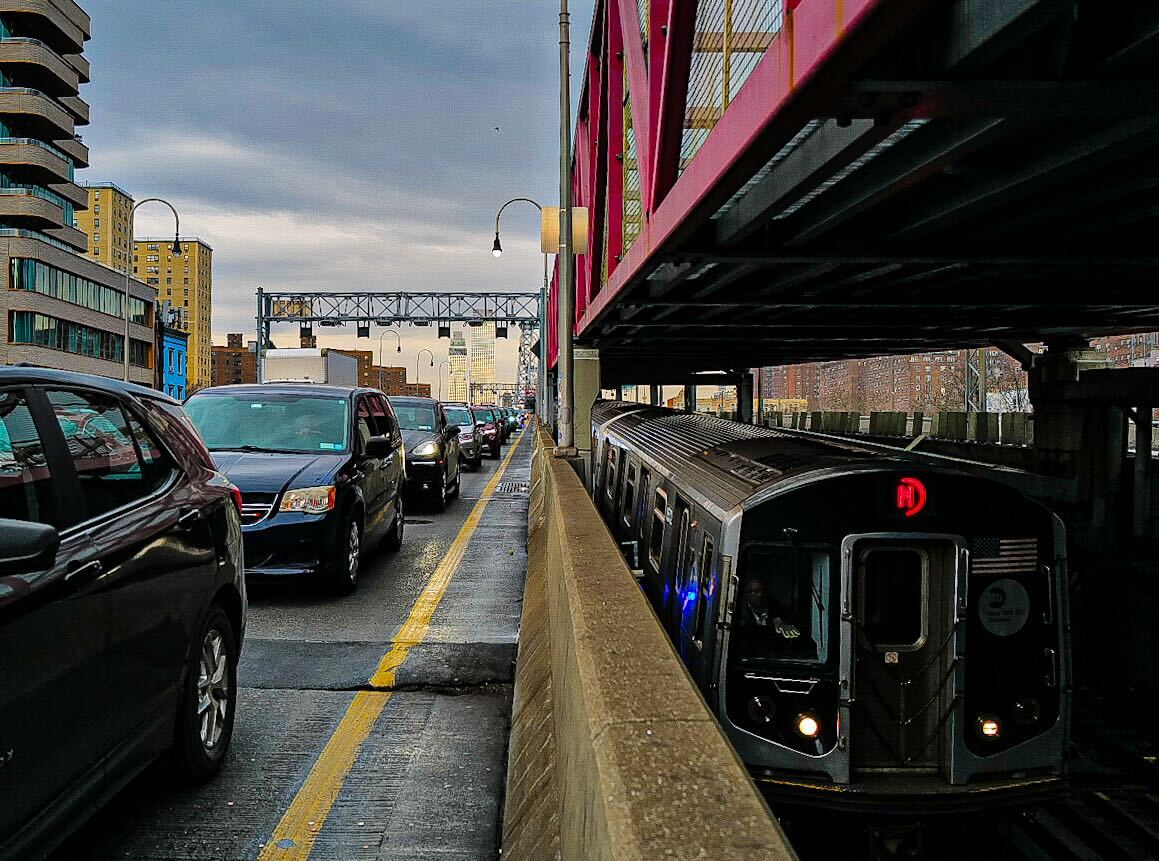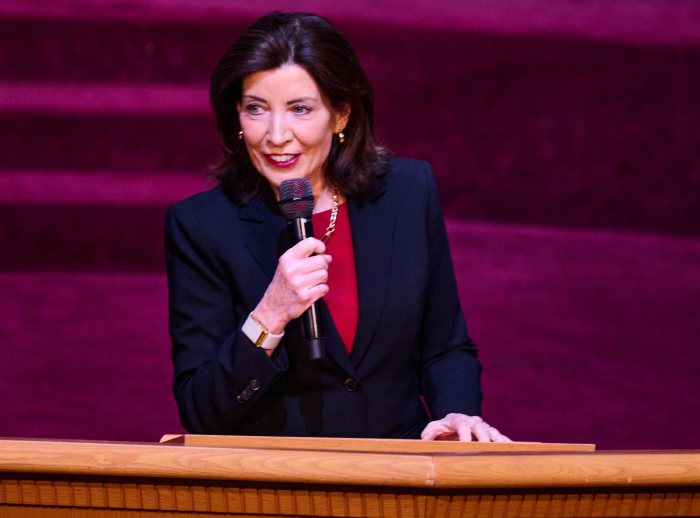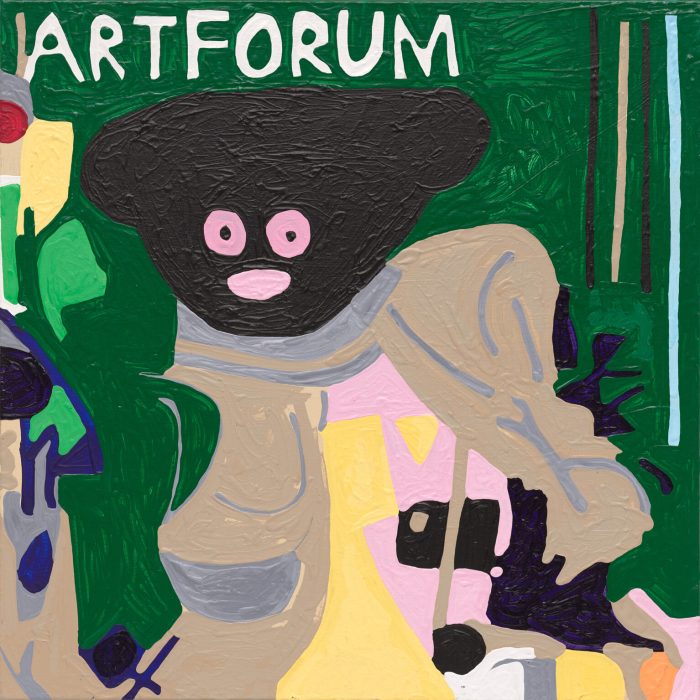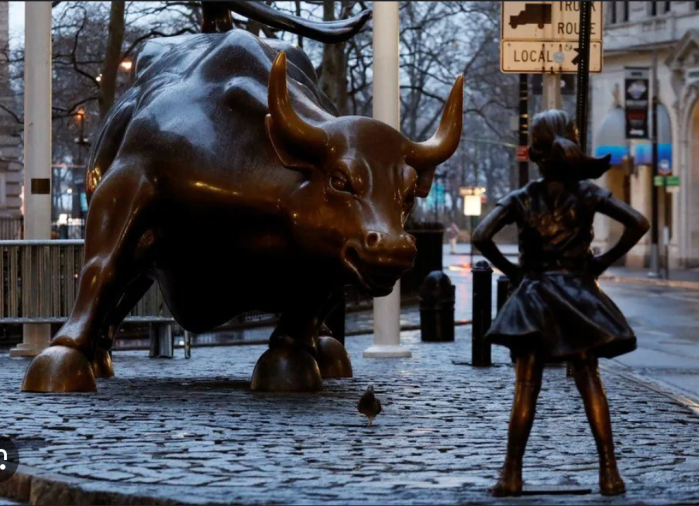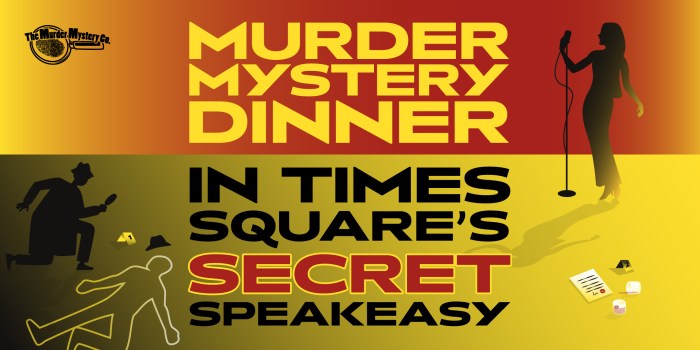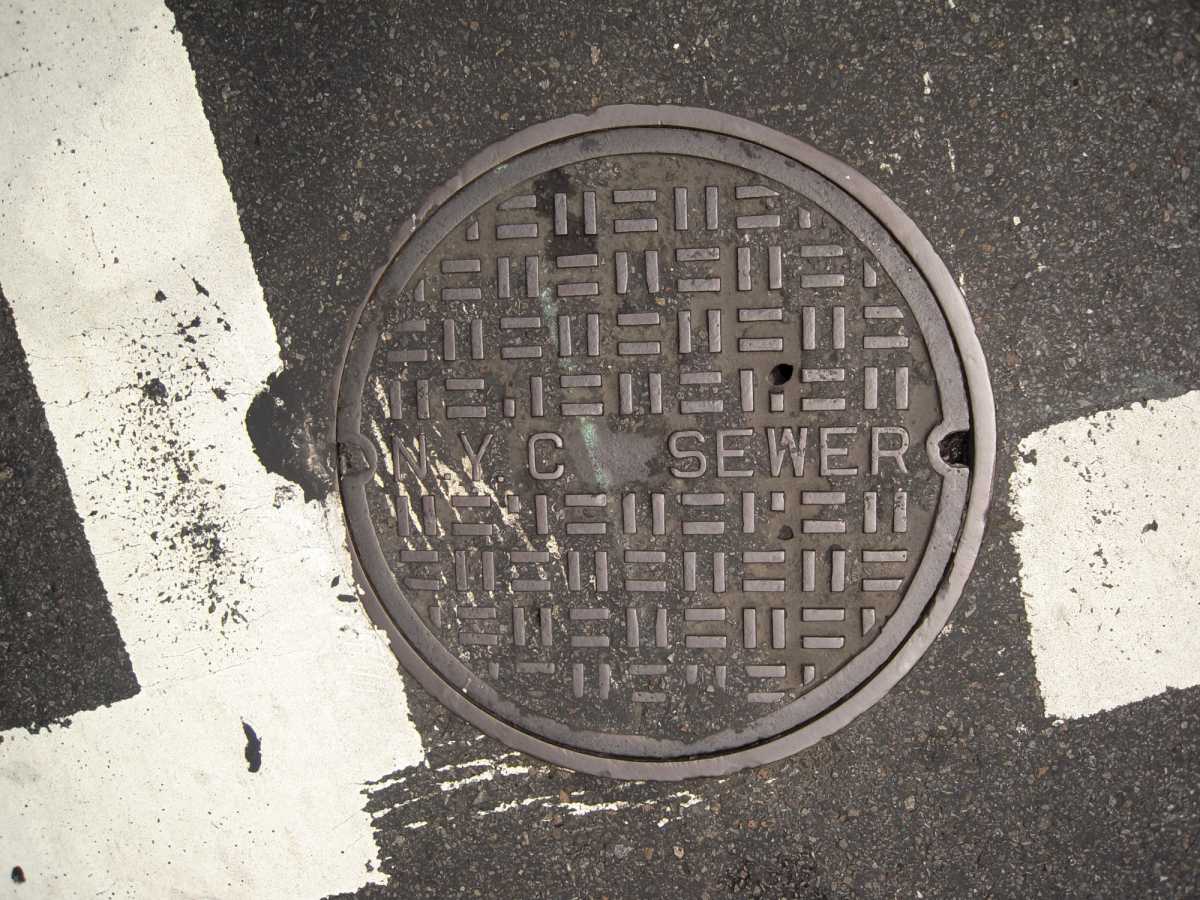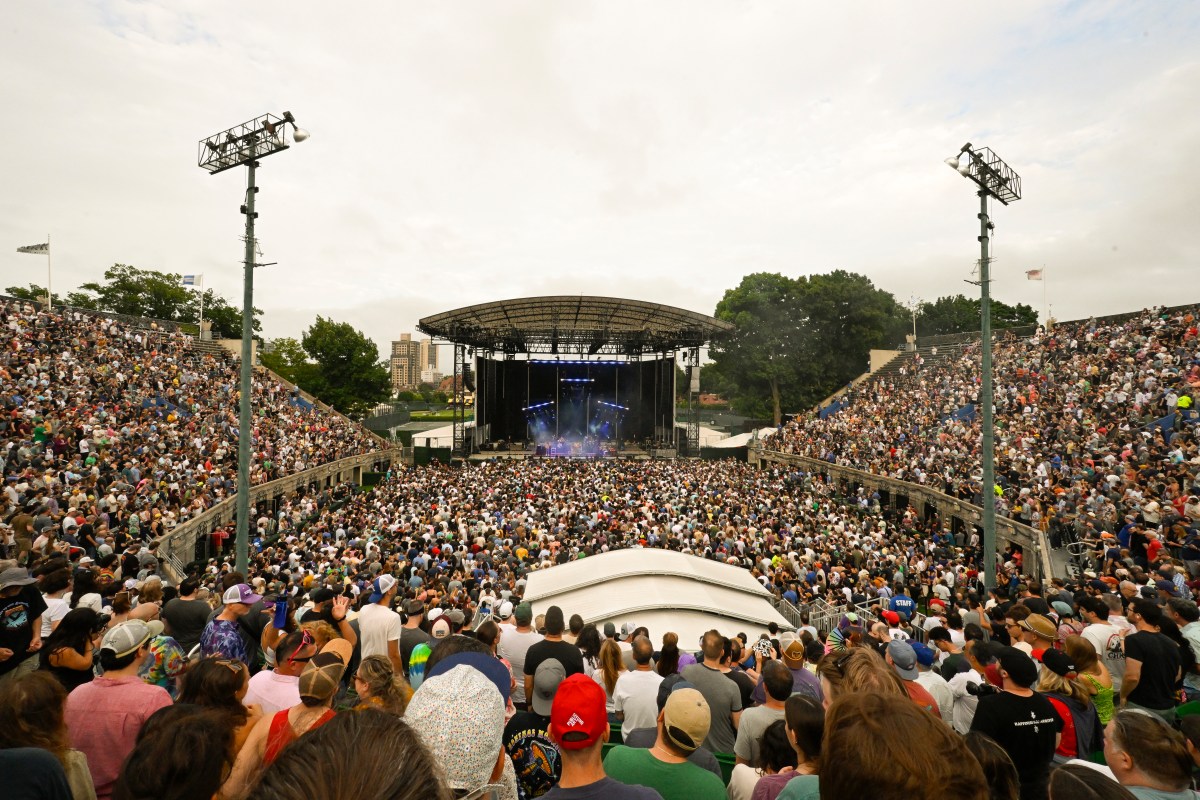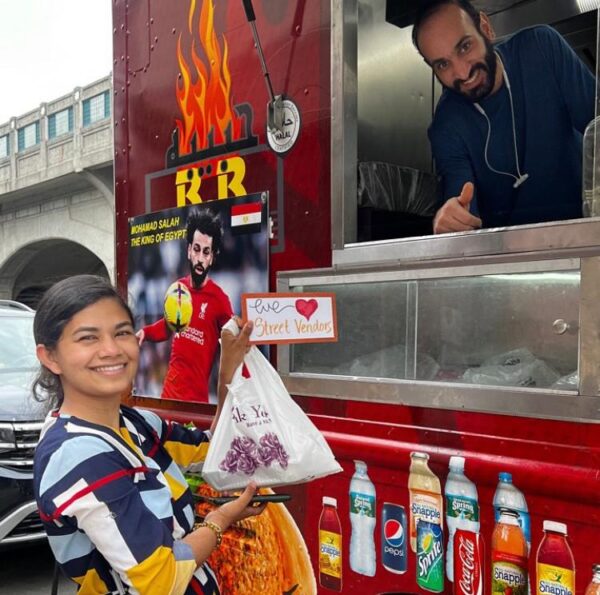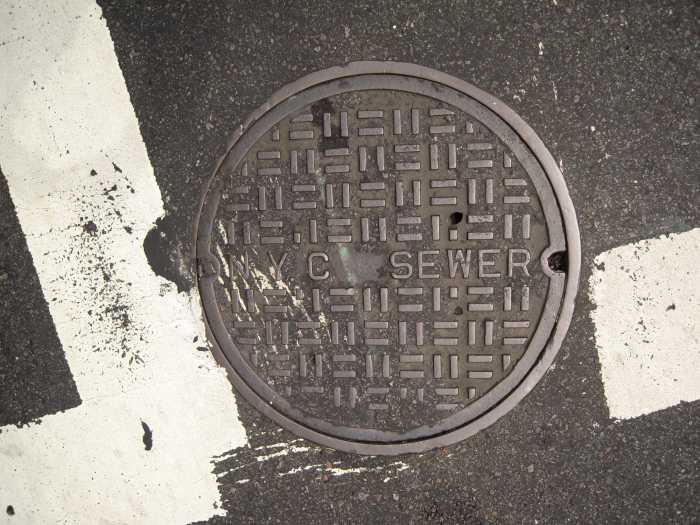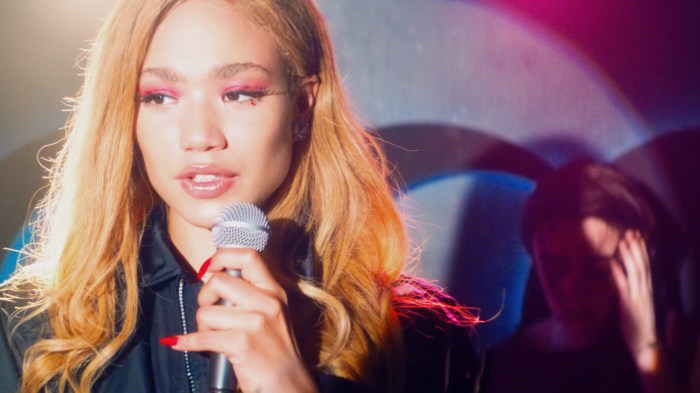“Traffic is down, business is up!” was the mantra Gov. Kathy Hochul and supporters chanted at a March 21 rally about congestion pricing. Some recent NYC-centric statistics show they might be on to something, especially regarding increased subway ridership and more buzz in the local economy.
Broadway is one of many industries experiencing an uptick in business since congestion pricing launched on Jan. 5, charging drivers a base toll of $9 into the Congestion Relief Zone (CRZ) south of 61st Street in Manhattan.
There were approximately 19% more people going to Broadway shows in the first two months of this year compared to the same period in 2024, according to the governor’s statistics.
Additionally, the Broadway League, a trade group for the Broadway industry, reported an impressive $32,176,529 in ticket sales the week ending Jan. 12 this year, with congestion pricing already in effect for eight days at the time. The industry only made $27,657,991 during the same period last year.
The following week, Broadway made $33,372,166 in sales, up from $23,589,174 in the same period in 2024. Closing out the last week of the month this year over last, Broadway was still hitting it big with $29,614,804 in sales in 2025 versus $24,615,726 in 2024.
And just last week, Broadway ended the week of March 16, grossing $37,459,896, up from $28,059,463 during the same period last year.
What do commuters think?

While the future of congestion pricing plays out in court, even as U.S. Department of Transportation Secretary Sean Duffy pushed back his deadline for NYS to end the tolling program, New Yorkers have mixed feelings on whether or not traffic is improving.
Lisa Daglian, executive director of the Permanent Citizens Advisory Committee to the MTA, said congestion pricing is working, and the city is seeing “immediate” benefits.
“We’re seeing immediate benefits in and around the city and region, with less traffic, improved commute times, and faster speeds – good news for drivers, including from New Jersey, bus riders, emergency vehicles and deliveries,” she said.
Congestion pricing is also showing economic benefits, safer streets and less noise, Daglian added.
“Transit riders are also big beneficiaries, with more accessible stations, signal improvements and better buses coming our way,” she said.
But other transportation advocates, such as Filippa Grisafi from Staten Island, said she is skeptical of the governor’s remarks that support congestion pricing.
“She takes one local bus ride, and she thinks we have the best transportation system,” said Grisafi, who advocates for better express bus service. “What a joke! Tell her to come to Staten Island for a week and ride the express buses to and from the city. This is a disgrace!”
Brian Meyer, who lives in Staten Island but commutes to Manhattan for work, said he noticed a decrease in traffic at first, but now things have leveled off.
“There was definitely a difference in traffic the first few weeks after it went into effect but lately, within the past 2 months, the traffic has returned to normal,” he said. “It’s taking me the same amount of time to get to and from work now than it took pre-congestion toll.”
A Queens commuter named Alice said she is experiencing some of the benefits Hochul is talking about during her usual commutes.
“I take the buses to Manhattan and I definitely have a faster ride,” she said.
Congestion relief weekdays March 3-7: Some days fared better than others
While transit ridership has increased, the governor also reported that traffic is down 11% in the congestion pricing area compared to the same time last year.
However, zeroing in on two major thoroughfares into the CRZ – the Queens Midtown Tunnel and the Hugh Carey Tunnel – traffic congestion relief was a mixed bag recently, during the week of March 3 to 7.
The Queens Midtown Tunnel saw an average of 3,019 cars on March 3, 2025, at the 8 a.m. hour, compared to 3,011 on Monday, March 4, last year, making for only a minute difference in traffic.
The next day, 3,051 vehicles entered the CRZ during the 8 a.m. hour, compared to 2,961 on Tuesday, March 5, 2024.
Meanwhile, the Hugh Carey Tunnel averaged 2,871 on Monday, March 3, compared to 2,829 on Monday, March 4, 2024.
During the same 8 a.m. hour on Tuesday, March 4, 2025, the tunnel saw around 3,017 vehicles up from Tuesday, March 5, 2024, at 2,821.
Traffic got some relief on Wednesday, March 5, 2025, when the Queens Midtown Tunnel saw 3,077 vehicles at 8 a.m., down from 3,125 on the same Wednesday and time last year. The Hugh Carey Tunnel saw 2,965 on March 5, a slight uptick from the same Wednesday last year’s 2,897.
Thursday and Friday of that week showed big improvements year over year for the Queens Midtown Tunnel. At 8 a.m. on Thursday, March 6, the tunnel welcomed 3,070 vehicles into the CRZ, and 2,783 on Friday during the same period.
Last year, the numbers reflected during the same period were 3,138 and 2,913, respectively.
The Hugh Carey Tunnel on Thursday at 8 a.m. showed 2,947 vehicles entering the CRZ. On Friday, that number was 2,900, up from last year when the numbers reflected during the same period show 2,979 and 2,739, respectively.



